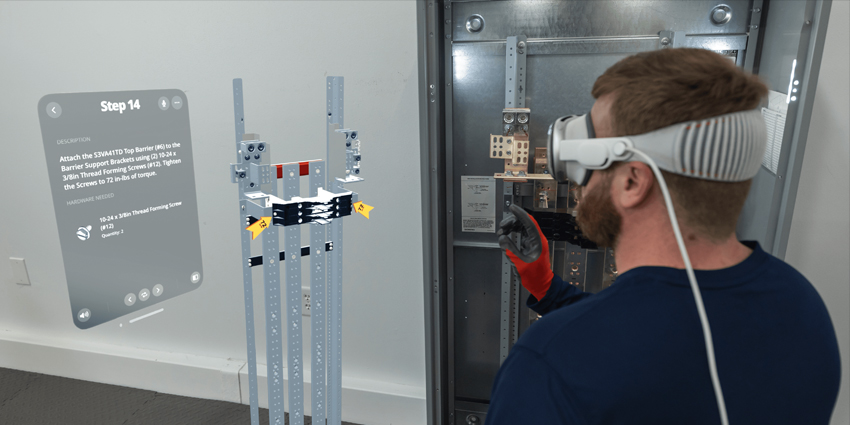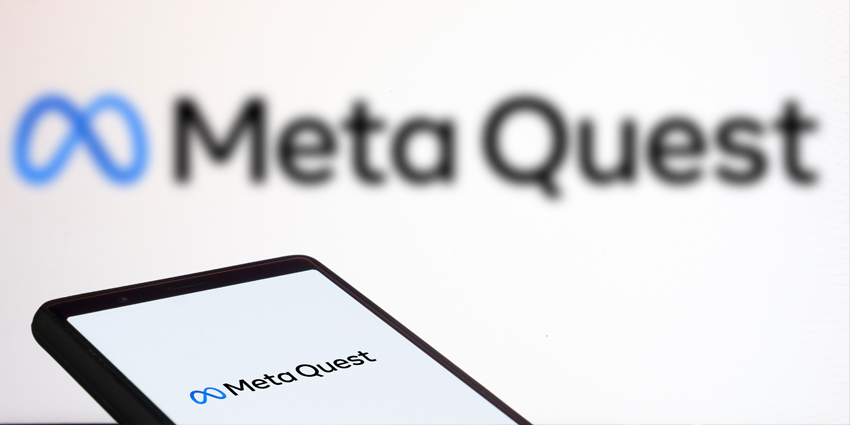The “attention tracking economy”, otherwise known as the “attention economy” has sparked a lot of interest in recent years, as the digital landscape has evolved. Often, when we discuss economics, we’re talking about finances, or money. In a monetary economy, the resource up for exchange is cash. People offer goods for sale, and others buy them.
In an attention economy, the “currency” in question is a person’s time and focus. For instance, when a consumer spends time browsing social media, they’re not actually accessing the platform for “free”. They aren’t paying with cash, but with their consciousness.
Social media channels leverage our “attention” to guide our decisions and generate specific responses. They pull our attention to ads, promoted products, and other companies, to help facilitate sales. As the worlds of sales and marketing continue to evolve, our “attention” is becoming one of the most valuable resources we can offer any brand.
What is the Attention Economy?
When we think of scarce resources, we often imagine tangible goods like diamonds or oil. However, in an age of information, where we have endless things vying for our focus at the same time, our own “attention” has become a limited resource. Without first capturing a customer’s attention, a company can’t generate demand, or convert prospects into sales.
Indeed, “awareness”, is the first stage of the purchasing or marketing funnel – a concept used by brands to help guide customers through their buying journey.
The “attention economy” is a term used to refer to an environment in which the focus of a customer is the most coveted asset for another brand, business, or entity. Companies selling products and services aren’t the only groups competing in this landscape. Politicians, non-profits, and endless other innovators all need to cultivate attention too.
The term “Attention economy” was first coined by an American economist and psychologist named Herbert A. Simon. He found that in our current world, a wealth of information has led to a poverty of attention. Since then, other academics have built on this concept, further exploring the idea that “attention” is a resource as crucial and lucrative as money or gold.
How Do We Track Attention?
As the competition for customer attention has grown over the years, so too have the tools companies use to improve their chances of earning this resource. Groups are constantly experimenting with new ways to grab attention, from creating XR experiences to immerse clients in unique experiences, to producing interactive and gamified content.
In each of these landscapes, companies rely on tools and resources to assist them with tracking attention, and gaining more of it.
In a traditional digital marketing landscape, for instance, companies use tools like heatmaps to determine where their customers direct their focus when looking at a website page or interacting with an app. It’s also possible to track attention by monitoring traditional marketing metrics, such as “impressions” on paid advertisements, social media posts, and landing pages.
Even tools like “cookies” for internet browsers emerged as a way of giving businesses a way to track their customer’s attention across multiple channels and environments.
As we move into the era of the metaverse and extended reality, there’s a new form of “attention tracking” technology emerging too. Wearable devices in the XR environment, such as VR or MR headsets and AR smart glasses can be infused with eye-tracking technology.
Eye-tracking tools can monitor the movement of a person’s gaze, and collect endless information about the focus of their attention at any given moment. The right analytics combined with eye-tracking technology can provide businesses with insights into everything from how long a customer spends on average looking at a certain product, to what parts of an ad they’re drawn to first.
With the addition of artificial intelligence, this landscape can become even more informative. Eye-tracking tools and facial recognition sensors on devices could potentially provide insights into what a customer is thinking or feeling when they see a specific item or piece of content.
The Issues with the Attention Tracking Economy
In an environment where our attention is becoming increasingly scarce, the ability to effectively track the focus of an intended audience is extremely valuable. With eye-tracking technology, retailers could effectively gain all of the information they need to improve sales by altering display techniques and updating marketing messages.
Eye-tracking tools could even help politicians to learn more about how different messages in campaigns affect certain audiences on an emotional level. Companies like Meta are even investing in eye-tracking technologies which can offer insights into a person’s subconscious. Concepts like “Project Aria” promise a future where customers will be able to control appliances with their minds.
This could sound exciting on the surface, but it also generates new questions about how the information captured in the attention-tracking landscape will be used. Eye-tracking cameras and head-mounted devices can reveal endless information about a person’s personality traits, emotions, identity, age, and more. If these tools are one day able to essentially “read our thoughts”, this could change the sales and marketing landscape drastically.
The more companies can “track” their customers attention, the more capacity they have to control it. This raises significant questions and challenges from a human rights perspective. As companies continue to unlock new ways of understanding their customer’s attention, regulatory bodies may start to question just how much information the average business should have.
The Value of Attention
Even with various concerns around privacy and ethics to consider, it’s impossible to underestimate the importance of the attention economy. As we continue to progress into an information-rich landscape, and the way consumers interact with content evolves, businesses will become increasingly drawn to tools which help them to understand, monitor, and control customer attention.
The question isn’t whether the attention economy will continue to thrive in the years ahead, but how it will be preserved and managed going forward.






